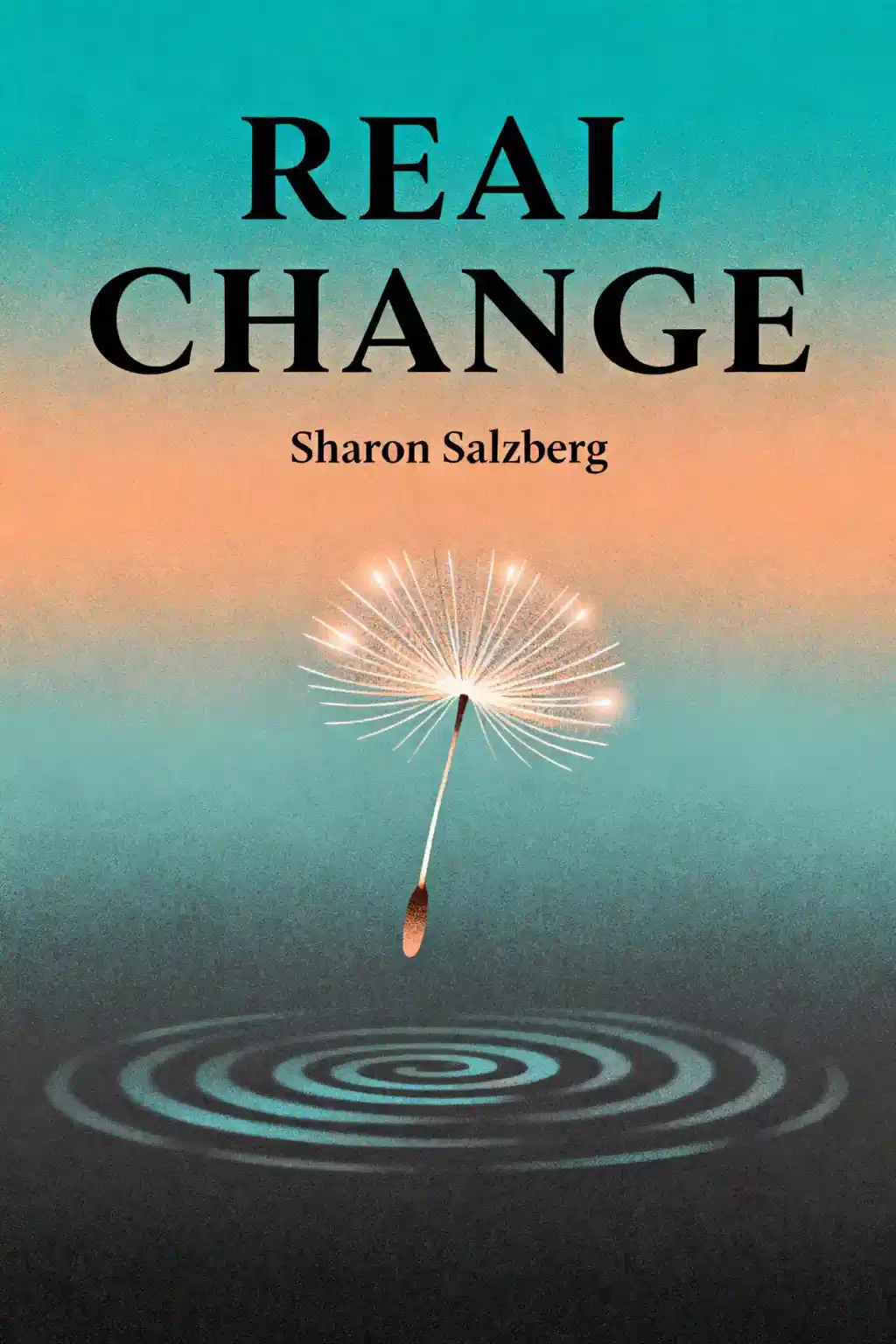What is The Change by Kirsten Miller about?
The Change by Kirsten Miller follows three menopausal women in Long Island who develop supernatural powers and use them to investigate the murders of young girls dismissed by police. Nessa can hear the dead, Harriett undergoes a physical metamorphosis, and Jo channels her menopause rage into literal heat and strength. Together, they uncover a world of wealth and privilege where powerful men prey on vulnerable girls with impunity.
Who should read The Change by Kirsten Miller?
The Change is ideal for readers who enjoy feminist revenge fantasies, magical realism, and stories centering middle-aged women as powerful protagonists. It appeals to those interested in social justice themes, particularly violence against women and institutional complicity. Women experiencing menopause or midlife transitions will find the empowering portrayal of aging particularly resonant, as will fans of character-driven thrillers with supernatural elements.
Is The Change by Kirsten Miller worth reading?
The Change earned recognition as a Good Morning America Book Club pick and garnered praise for its empowering themes and unique premise of menopause as superpower rather than decline. While some readers found it heavy-handed in its portrayal of men and overly long, most celebrated its fierce female protagonists, witty writing, and unflinching examination of gender inequality. The novel successfully combines mystery, social commentary, and magical realism into a gripping narrative about women claiming their power.
Who is Kirsten Miller and what else has she written?
Kirsten Miller is the author of The Change, her first adult novel after over 15 years writing acclaimed YA and middle grade books, including the groundbreaking Kiki Strike series. She spent 25 years as a strategist in advertising before becoming a full-time author. Miller's work consistently explores themes of underestimated females gaining power—her Kiki Strike books taught young readers that being underestimated creates opportunities to surprise and overcome adversaries.
What supernatural powers do the three women develop in The Change?
The three protagonists develop distinct supernatural abilities tied to menopause and midlife transformation. Nessa James inherits her grandmother's gift to hear voices of the dead, which returns with force after years of silence. Harriett Osborne undergoes a stunning physical and metaphysical metamorphosis, rejecting societal constraints through her transformation. Jo Levison discovers she can channel her menopause rage and hot flashes into literal heat and physical strength, which she harnesses at her all-women's gym.
What is the main message of The Change by Kirsten Miller?
The Change argues that rage, wisdom, and solidarity among women are engines of revolution, not weaknesses. Miller subverts cultural narratives that treat menopause and aging as decline, instead celebrating the freedom, power, and righteous anger that come with age. The novel contends that true change requires dismantling broken systems rather than working within them, and that institutions often collude to erase the suffering of marginalized women and girls.
How does The Change address violence against women?
The Change confronts violence against women through the murder investigation of teenage girls that police dismiss as drug-addicted sex workers. The three protagonists refuse to accept official narratives that devalue victims' lives and instead conduct their own investigation, uncovering a pattern of wealthy, powerful men preying on vulnerable girls. The novel exposes how laws protect villains rather than victims, leading the women to pursue vigilante justice when institutional systems fail.
What does the setting of Culling Pointe represent in The Change?
Culling Pointe represents the exclusive enclave of "stupendous wealth where the rules don't apply"—a world of privilege and impunity where powerful men commit crimes without consequences. The mansions symbolize institutional protection of predators and the wealth that shields them from accountability. The symbolic burning of Culling Pointe becomes both literal destruction and metaphorical cleansing, with the land reclaimed for nature and community rather than serving as a sanctuary for the guilty.
How does Kirsten Miller portray menopause in The Change?
Miller revolutionary portrays menopause not as decline but as awakening and empowerment, granting women supernatural abilities and renewed purpose. Rather than depicting hot flashes and rage as symptoms to manage, The Change presents them as sources of literal power that the protagonists learn to channel. This feminist reimagining challenges cultural narratives that dismiss middle-aged women as irrelevant, instead showing them at the top of their game with wisdom and strength society underestimated.
What are the main criticisms of The Change by Kirsten Miller?
Some readers found The Change heavy-handed in its portrayal of men, with critics noting the novel painted male characters in overly negative terms. Others felt the book was too long and could have benefited from tighter pacing. The polarizing nature of the feminist revenge fantasy elements—including supernatural justice and vigilante action—didn't resonate with all readers, though many praised exactly these bold choices. Despite mixed reactions, the book sparked important discussions about gender inequality and institutional failures.
How does The Change compare to other feminist revenge stories?
The Change distinguishes itself by centering middle-aged and menopausal women as powerful protagonists rather than young heroines, filling a gap in feminist literature. Unlike traditional revenge narratives, Miller grants her characters literal supernatural powers tied to aging, making menopause itself a source of strength. The book combines elements of mystery thriller, magical realism, and social commentary more explicitly than many contemporaries. Miller's background writing empowering YA fiction translates into an adult feminist manifesto that some readers call their "first feminist handbook" for mature audiences.
What happens at the end of The Change by Kirsten Miller?
The Change concludes with the trio and their allies meting out justice to the guilty through both supernatural means and exposure. The fire at Culling Pointe destroys the mansions symbolizing wealth and impunity, reclaiming the land for nature and community. The women's actions inspire a broader movement—Jo's self-defense program for girls expands, Nessa continues helping the dead find peace, and Harriett's garden becomes a healing sanctuary. The ending emphasizes that while the world isn't yet safe, a new order—fierce, just, and female—is rising to replace the old one.














